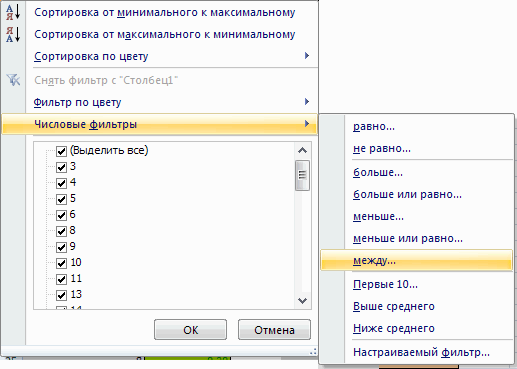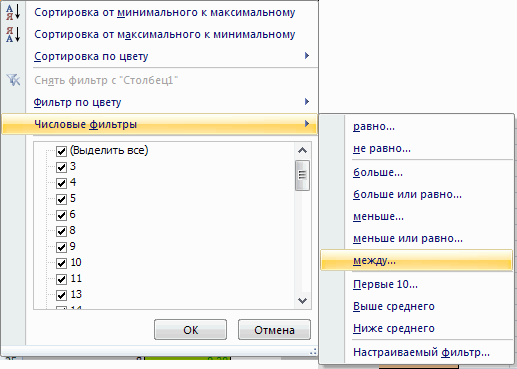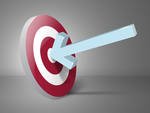Yuri, when you had a press conference, You said you can ask questions right here.
Yes, certainly.
“I will have a question about testing. Describe, if not difficult, testing and optimization process in a few sentences. In the literature, it is recommended to divide the entire testing period into several intervals and test the system separately at each of them..
An idea comes to mind, the program encodes inputs, exits, test starts, analyzes the results. The literature recommends correctly. For example, parameters for the system are selected on the interval 2000-2007 of the year, and then if the results are good, the site is tested on the interval 2007-2010 of the year. If negative results are obtained in this interval, then the parameters were just adjusted and the system does not inspire confidence. If on this interval the results are just as good, that is, the hope that the system will work in the future. The testing interval should include various market conditions — bearish, bull markets, saw, high, low volatility. Then you need to check transactions manually, at least deals 50. Often, after such a check, it turns out that the system looks quite cunningly into the future due to the peculiarities of a particular testing program..
See also. How do you test the inputs, feet, exits. All separately and then only combine into the system. Or else first “come up with” system and then test it entirely.
Бывает по разному, depending on the idea. For example, if we catch an instant price change, then the exit should be immediately when the movement is exhausted, since the idea of the system — моментум. If the idea — catch big movements completely, then trailing exits.
BUT–a-a understood, You probably mean to test the outputs for random inputs and inputs for random outputs.? Not, I very rarely do this and only for the purpose of specialized research. And in general, I immediately test the system completely, where the inputs and outputs correspond to the idea of the system.
How do you evaluate the test results and how do you compare the systems with each other based on the results of such testing.
First of all, I look at the equity of the tested system and you can see everything from it.. It should be smooth, without large drawdowns. From the coefficients, I watch everything that is possible, but if you arrange them in order of importance, then it will be like this:
Recovery factor
Коэффициент Шарпа (for portfolios)
Average profit per trade
Profit factor
I don't like it when the ratio of winning / losing trades is less 40%. AND, respectively, when the size of the average losing trade significantly exceeds the value of the average winning trade.
There is such a book – R. Colby “Encyclopedia of technical market indicators”. Paid attention to her? There the author briefly describes the testing procedure., and then gives the results of testing various systems and indicators in the MetaStock program.
Yes, but long ago, so I don't really remember. If I'm not mistaken, it just tests different indicators one by one? I also tested all available indicators in due time.. But it's better to combine them — alone as filters, others as a trigger. But every day the markets are becoming more efficient and traditional indicator systems are becoming, vice versa, неэффективными :)
He also describes the testing procedure and indicators in his book. “Computer analysis of futures markets” C. Lebeau.
Yes, remember, I listened to this book on headphones while jogging in the park about four years ago. I liked her — the author writes truthfully, does not promise mountains of gold.
Already studied everything that is possible. And from which side to approach testing, I did not fully understand.
Well i guess, if from the very beginning, then you just need to take ready-made public systems and study them a little at different markets, and there your ideas will appear.




